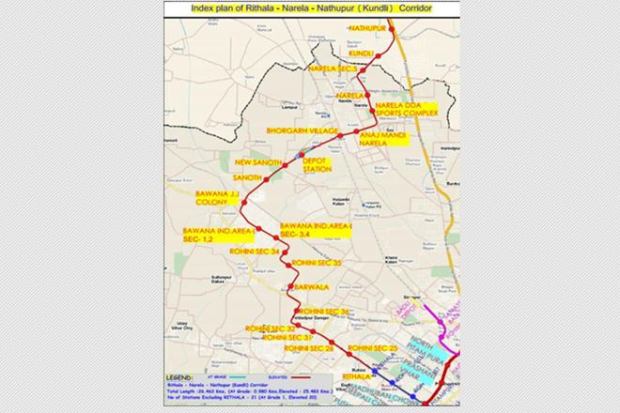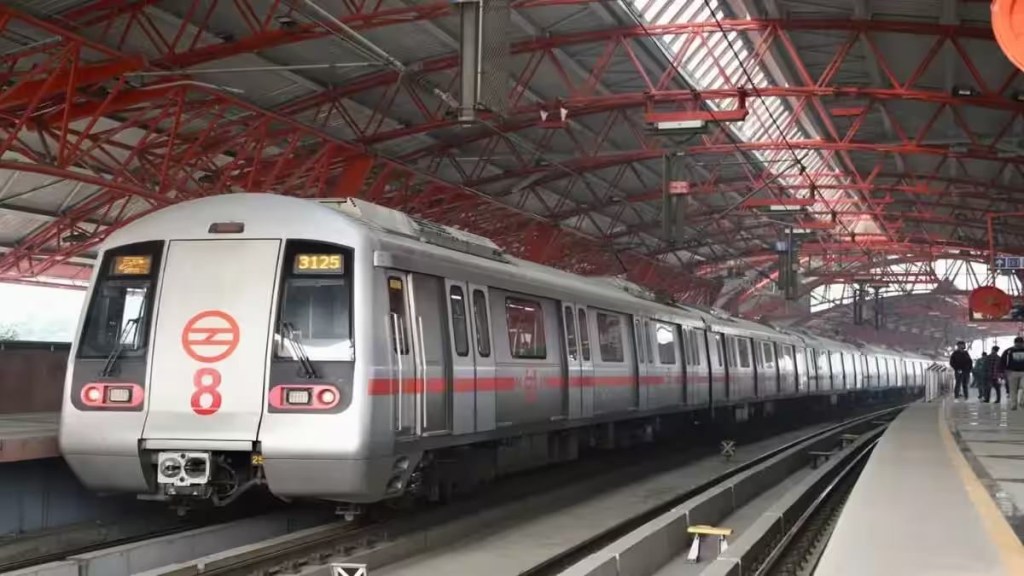Good news for Delhi-NCR! The Delhi Metro Rail Corporation (DMRC) has proposed to extend the upcoming Rithala – Narela corridor of Phase IV up to Haryana’s Kundli. The move aims at providing additional connectivity to the neighbouring state.
Rithala-Narela-Kundli corridor
If approved, this will be the fourth expansion of the city’s rapid transit system into Haryana after Gurugram (Yellow Line), Faridabad (Violet Line) and Bahadurgarh (Green Line). The new corridor is being planned as an extension of the presently operational Shaheed Sthal – Rithala Red Line corridor.
Stations on Rithala-Narela-Kundli corridor
The extension of the Delhi Metro’s Red Line will go all the way up to Ghaziabad in Uttar Pradesh covering all the prominent places of central and east Delhi. The length of the entire corridor will be 27.319 kilometres. A total of 22 stations have been proposed on this corridor. Of these, 21 will be elevated and one will be at grade.

These are – Rithala, Rohini Sector 25, Rohini Sector 26, Rohini Sector 31, Rohini Sector 32, Rohini Sector 36, Barwala, Rohini Sector 35, Rohini Sector 34, Bawana Industrial Area – 1 Sector 3,4, Bawana Industrial Area – 1 Sector 1,2, Bawana JJ Colony, Sanoth, New Sanoth, Depot Station, Bhorgarh village, Anaj Mandi Narela, Narela DDA Sports Complex, Narela, Narela Sector 5, Kundli and Nathupur.
Trains and Platforms on Rithala-Narela-Kundli corridor
The DMRC has proposed to operate four coach trains to meet the initial traffic demand. There is also a provision to run eigh coach trains in the future. At the beginning, the new corridor will have smaller stations to accommodate 4-coach trains.
Significance of Rithala-Narela-Kundli corridor
This is going to be the DMRC’s first ever corridor to connect Uttar Pradesh and Haryana via the national capital. The new metro route will prove to be beneficial for the residents who would purchase the newly launched housing schemes of Delhi Development Authority (DDA) at Narela. The new metro link will immensely help the residents of these new residential colonies. Earlier, the DMRC’s connectivity to Dwarka had enhanced the connectivity to the sub-city.

